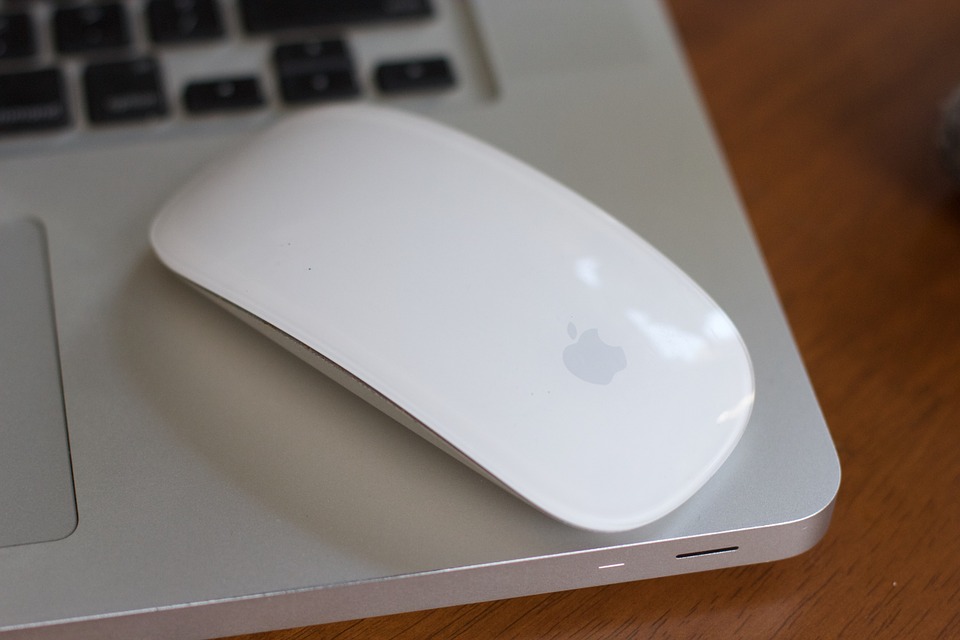If you’re a Windows 7 user who has been experiencing issues with the Windows Update center getting stuck on “Checking for updates,” you’re not alone. This frustrating problem can prevent you from downloading and installing important updates for your operating system. Fortunately, there are several methods you can try to resolve this issue and get your Windows 7 update process back on track. In this guide, we will walk you through the steps to fix the Windows 7 Update center when it gets stuck on “Checking for updates.”
Method 1: Downloading Windows Updates
One of the most effective ways to fix the Windows 7 Update center issue is by manually downloading and installing the necessary updates. Here’s how you can do it:
- Press the Windows key and open the Control Panel.
- Change the view to Small icons for easier navigation.
- Click on “Windows Update” to access the update settings.
- Select “Change Settings” from the left pane.
- In the “Important Updates” section, choose “Never check for updates (not recommended)” from the drop-down list.
- Click “OK” and restart your computer.
Now, let’s proceed with downloading the required updates:
- Visit the Microsoft Update Catalog website using Internet Explorer.
- Search for “KB3020369” in the catalog and download the appropriate version for your Windows 7 system (32-bit or 64-bit).
- Run the downloaded file and follow the on-screen instructions to install the update. If you already have the update installed, it will notify you.
- Restart your computer after the installation is complete.
Next, download and install the “KB3172605” update using the same procedure as above:
- Search for “KB3172605” in the Microsoft Update Catalog.
- Download the correct version for your system architecture (32-bit or 64-bit).
- Run the downloaded file and complete the installation.
- Restart your computer.
Once your computer has restarted, follow these steps to check for updates:
- Open the Control Panel and navigate to the Windows Update settings.
- Click on “Check for Updates” and wait for the system to search, download, and install the available updates.
Method 2: Windows Catalogue
If the previous method didn’t resolve the issue, you can try using the Windows Catalogue to manually download the required updates. Please note that this method requires the use of Internet Explorer. Here’s how to proceed:
Open the Control Panel and go to the Windows Update settings.
Change the update settings to “Never check for updates (not recommended)” as explained in Method 1.
Restart your computer.
Open Internet Explorer and paste the following link in the address bar: https://catalog.update.microsoft.com/home.aspx
Search for “KB3020369” in the Windows Catalogue and press Enter.
Click the “Add” button next to the appropriate version for your system (32-bit or 64-bit).
Repeat the same steps for “KB3172605” to add it to your basket.
Click on “View Basket” and then select “Download.”
Choose a location to save the downloaded files (e.g., your desktop) and click “OK.”
Run the downloaded “KB3020369” installer and follow the on-screen instructions. Restart your computer after the installation is complete.
Run the downloaded “KB3172605” installer and restart your computer once it’s finished.
Open the Control Panel and go to the Windows Update settings.
Click on “Check for Updates” and wait for the system to search, download, and install the available updates.
Method 3: Reset Update Components
If the previous methods didn’t resolve the issue, you can try resetting the Windows Update components. This method involves restarting the BITS, Cryptographic, MSI Installer, and Windows Update Services, as well as renaming the SoftwareDistribution and Catroot2 folders. Follow these steps:
- Press the Windows key and search for “Command Prompt.” Right-click on it and select “Run as administrator.”
- In the Command Prompt window, type the following commands one by one and press Enter after each:
net stop wuauservnet stop cryptSvcnet stop bitsnet stop msiserverren C:WindowsSoftwareDistribution SoftwareDistribution.oldren C:WindowsSystem32catroot2 Catroot2.oldnet start wuauservnet start cryptSvcnet start bitsnet start msiserver
Close the Command Prompt window.
Method 4: Changing DNS Server Settings
Another method to resolve the Windows 7 Update center issue is by changing the DNS server settings. Here’s how you can do it:
Press the Windows key and search for “ncpa.cpl.” Press Enter to open the Network Connections window.
Right-click on the connection you want to change the settings for and select “Properties.”
In the Properties window, select “Internet Protocol Version 4 (TCP/IPv4)” or “Internet Protocol Version 6 (TCP/IPv6)” and click “Properties.”
Select the “Use the following DNS server addresses” option.
For Preferred DNS server, enter “8.8.8.8” and for Alternate DNS server, enter “8.8.4.4” (or use “208.67.222.222” and “208.67.220.220”).
Click “OK” to save the changes.
Check for Windows updates again to see if the issue is resolved.
Conclusion
Getting stuck on “Checking for updates” can be frustrating for Windows 7 users, but with the methods described in this guide, you should be able to resolve the issue and get your Windows Update center back on track. Whether you choose to manually download the updates, use the Windows Catalogue, reset the update components, or change your DNS server settings, these steps will help you overcome the problem and ensure your system stays up to date with the latest updates and security patches. Remember to regularly check for updates, especially after the second Tuesday of every month, when Microsoft typically releases updates. Stay proactive in keeping your Windows 7 system running smoothly and securely.








